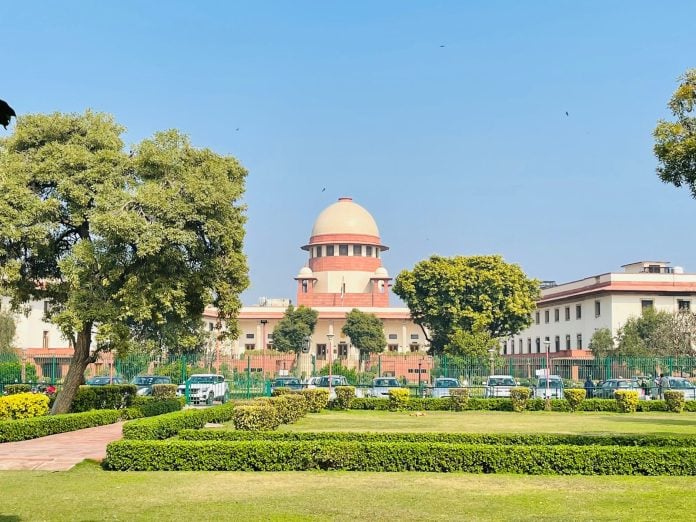The Indo-Islamic Cultural Foundation (IICF) Cultural Secretary Athar Hussain has said, “We will not spare any effort in getting the Ayodhya verdict implemented in letter and spirit. We will approach the apex court to get the Places of Worship Act, 1991 implemented.
“Any court of law challenging the status of any place of worship in India other than the Ram Janmabhoomi in Ayodhya violates the November 9, 2019 verdict of the Supreme Court.”
The IICF is a Supreme Court-mandated trust that owns the 5-acre land in Ayodhya allotted by the Apex Court for the construction of a mosque, in lieu of the Babri Masjid land.
The Places of Worship Act, 1991 laid down that any religious place will retain the same character as it was at the time of Independence.
A media report said photographs of the masjid complex showed Hindu symbols and idols claimed to be hidden in the basement of the mosque.
Petitioner Vishnu Jain said the Muslim side had demanded visiting of site by a Judge, which the Court assured to look into.
Drawing a parallel with the Ram Janmabhoomi case, Jain said a civil judge had visited the site in 1985, adding that he does not have any issues in a judge visiting the site.
He added that the Muslim side has also sought permission to enter the site.
He said whenever the survey starts, there should be no ambiguity in the order.
As per the images, clicked by senior journalist Ramprasad Singh in Kashi in the 90s, there is a Shiv Ling in the complex. There also exists a Ram Katha Mandap, the western gate, referred to as Shringar Mandap, which also has symbols of lotus, Swastika, and other representations of the Nagar style of architecture.
On Tuesday, the hearing in the matter remained non-conclusive as the Muslim side argued that advocate Ajay Kumar Mishra, who has been appointed as the court commissioner for the survey of the Shringar Gauri temple-Gyanvapi mosque complex, be removed as he was “biased” towards the Hindu side.
Civil Judge (Senior Division) Ravi Kumar Diwakar had earlier ordered a survey of the complex after five women petitioners approached the court seeking permission to worship the deities located on the western wall of the mosque.


